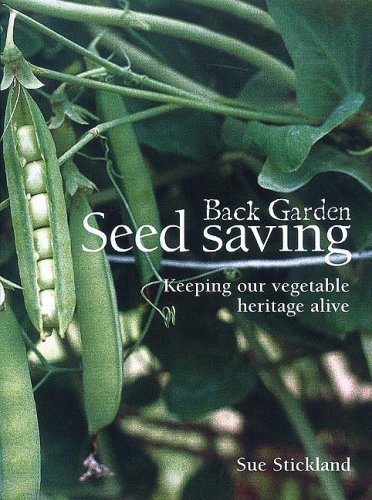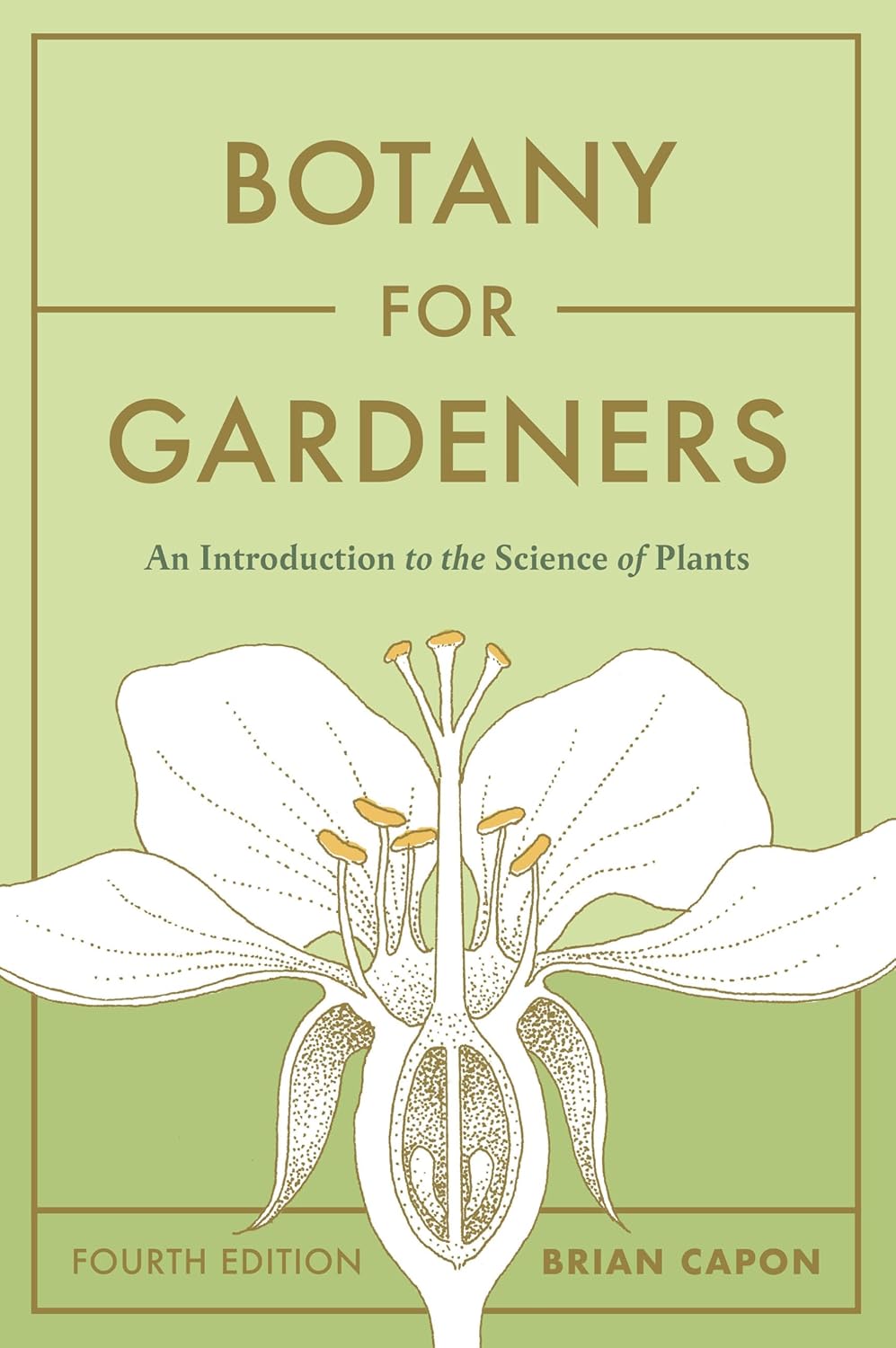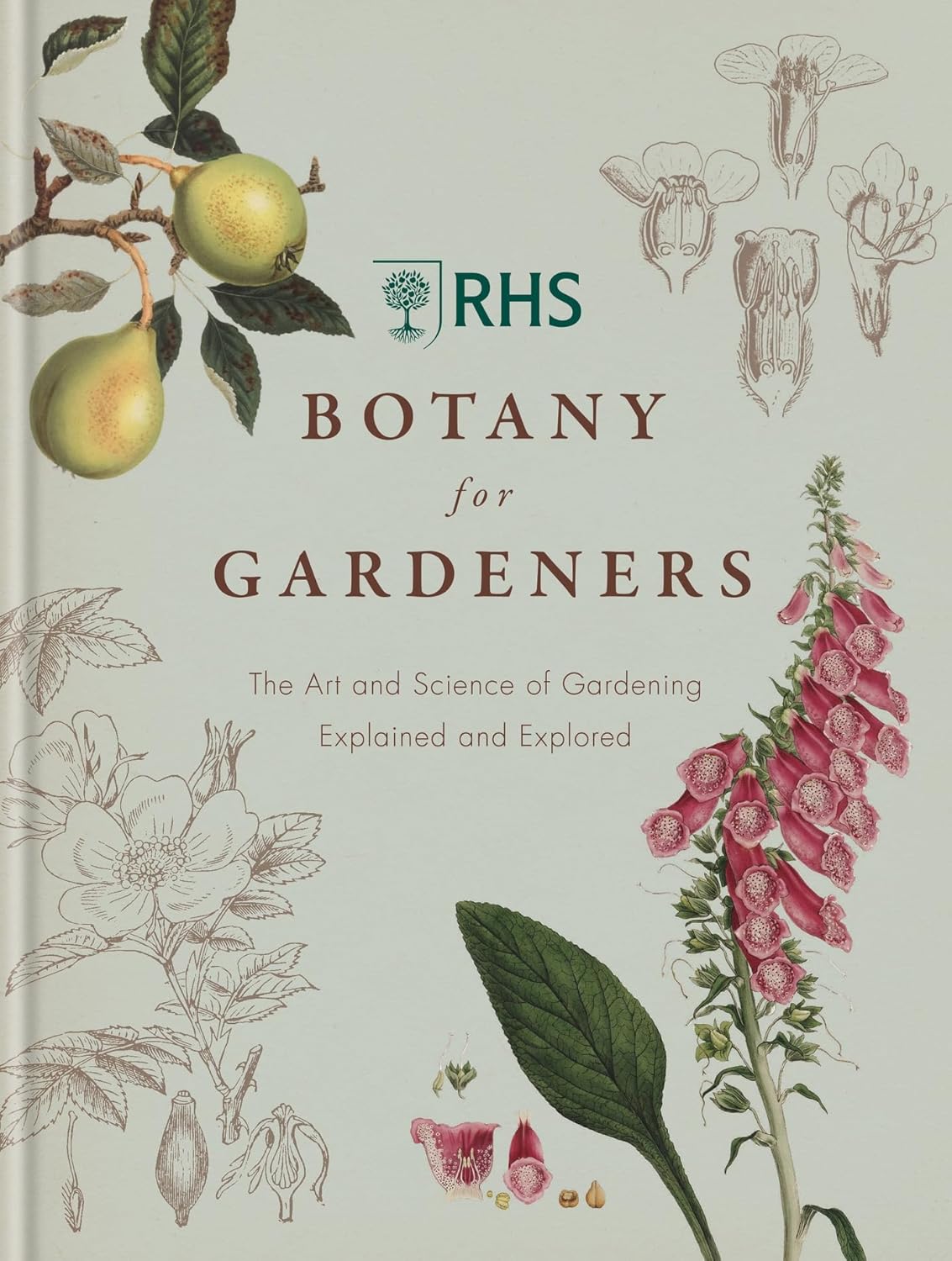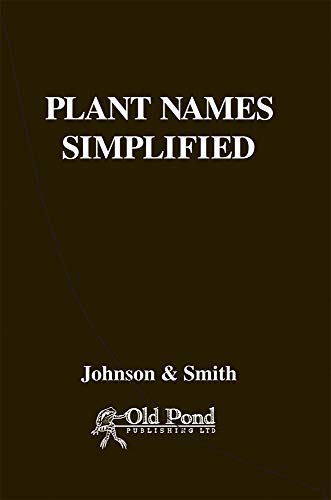Seed Saving
Saving seed is easy and rewarding but to get the most out of it we need to be aware of a few essential principles. This short guide introduces these ideas and takes you through the three crucial stages of successful seed saving. At the bottom of the page you’ll also find some of the resources we have found particularly helpful over the years.
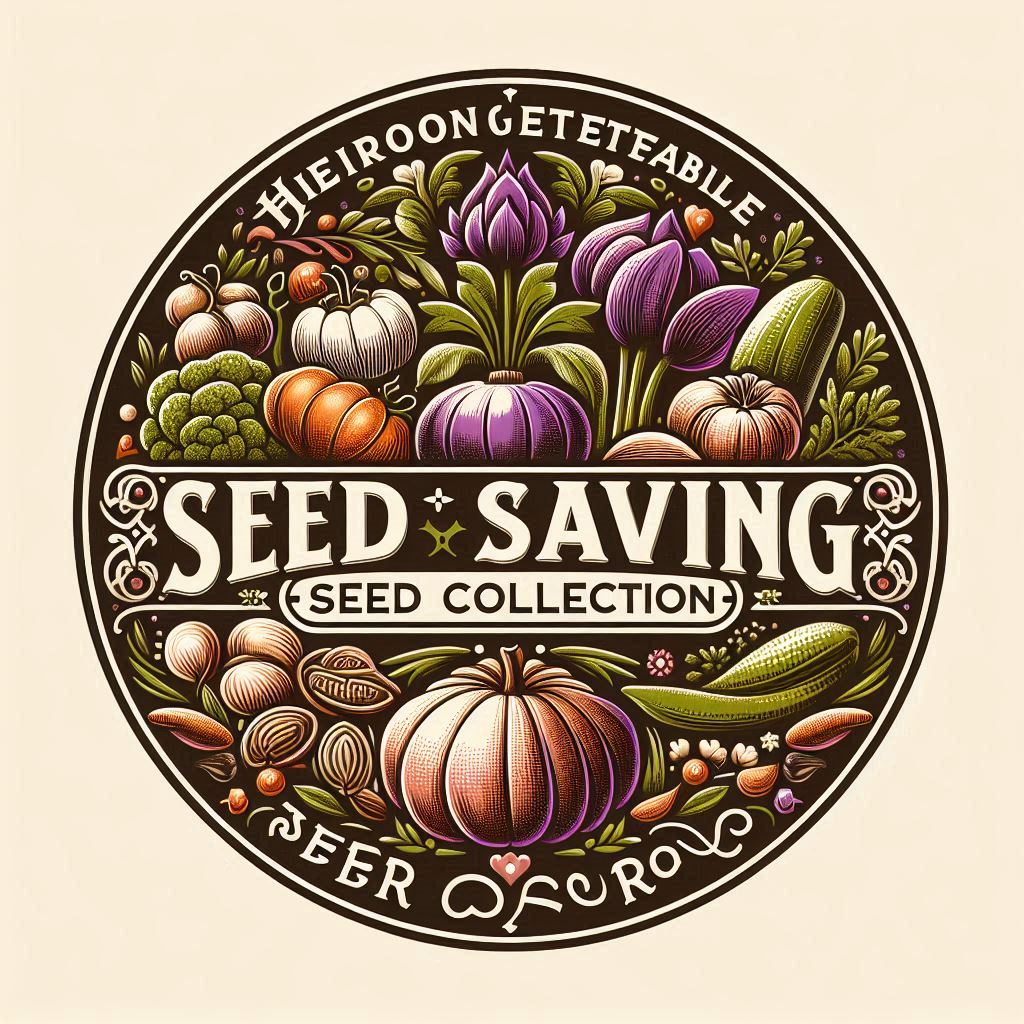
Seed Saving Seed Collection
If you’d like to give seed saving a go you’ll find our specially designed seed collection in our online shop. The accompanying notes can be downloaded here for free.
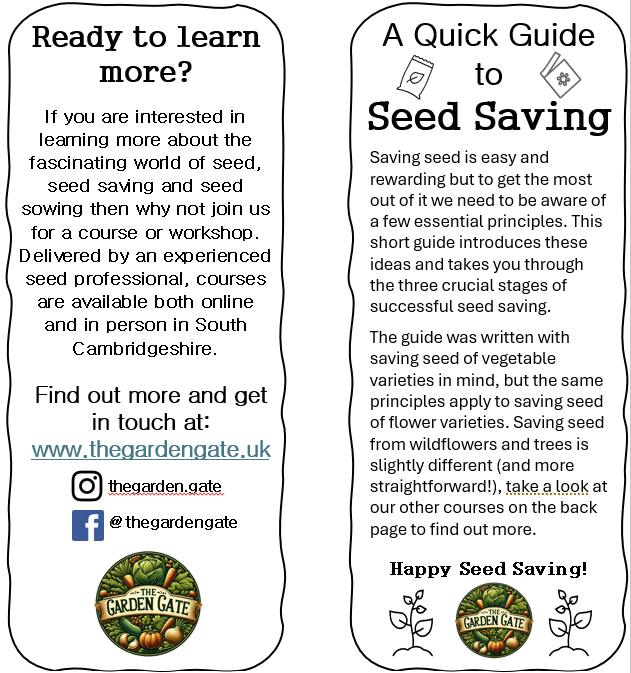
A Quick Guide to Seed Saving
The information on this page is taken from our leaflet ‘A Quick Guide to Seed Saving’. Feel free to download and share a printable version from here.
Introduction
The page was written with saving seed of named vegetable varieties in mind, but the same principles apply to saving seed of flower varieties. Saving seed from wildflowers or where preservation of a particular variety is not important is slightly different (and often more straightforward!) as pollination is less of an issue.
With this in mind, when saving seed of known varieties our aim is to save healthy seed that comes true to type – this means the seed will grow into plants that have the same characteristics as the parent plants – they look the same, grow the same and (importantly!) taste the same. To ensure your seed comes true to type there are 3 key points to remember:
- Only save seed from open pollinated varieties. Seed saved from F1 hybrids will grow into plants that all display different characteristics from the parent
- Only save seed from plants that have the right characteristics for that variety
- Make sure your parent plants are not pollinated by another variety of the same species
To ensure the seed you save is healthy it is important to be able to recognise the pests and diseases that may affect your plants. Plants should be inspected regularly and seed saved only from those that are healthy and disease-free.
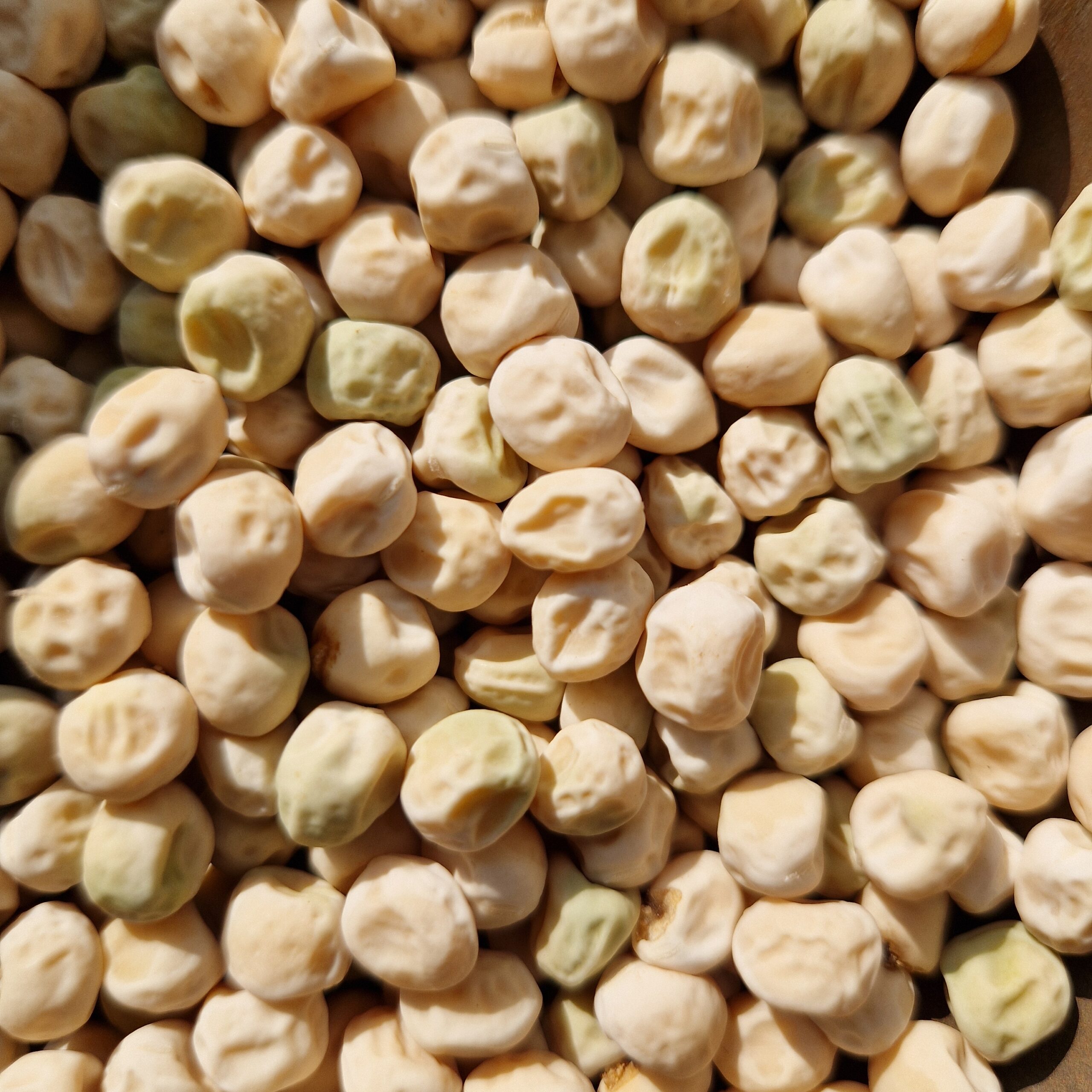
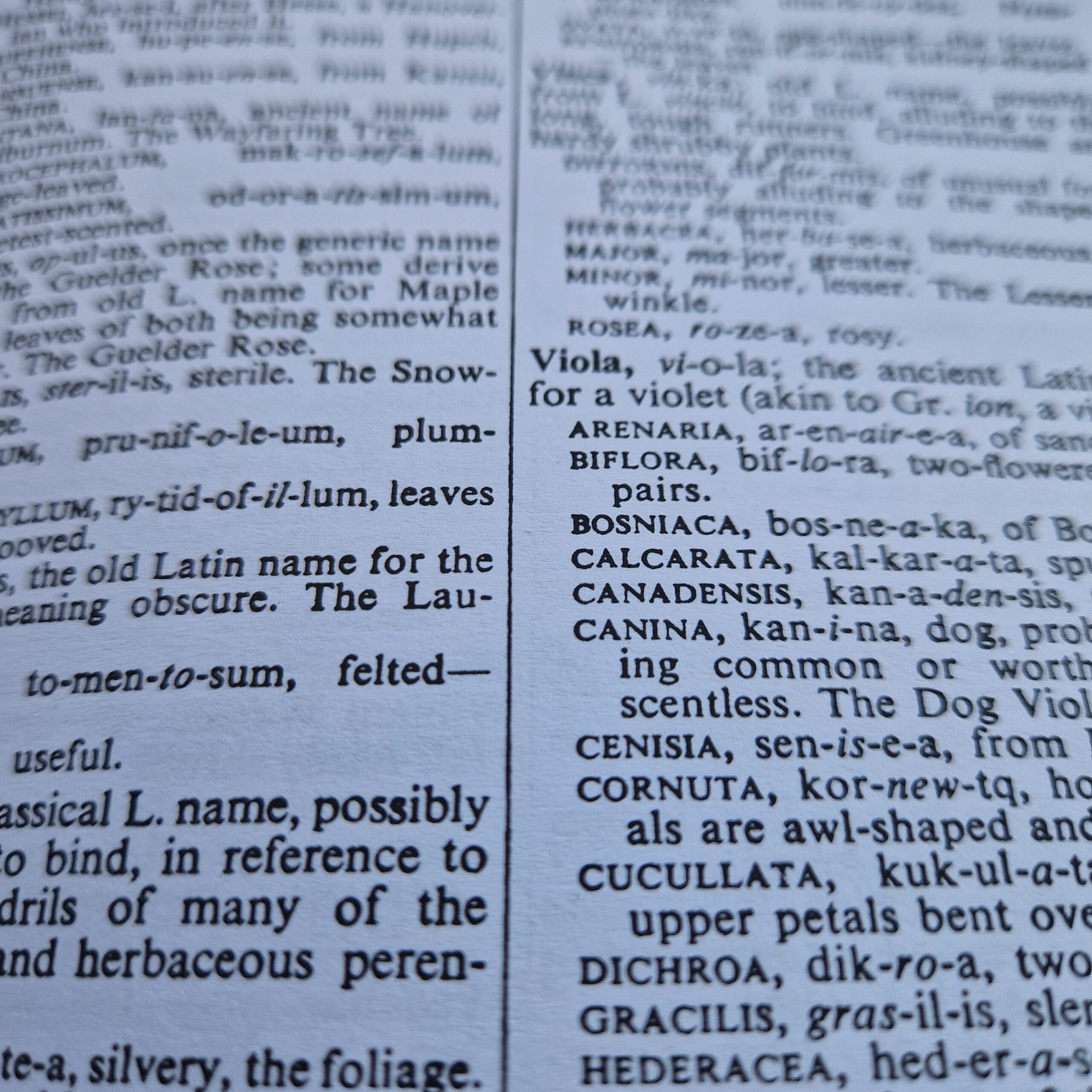
Planning
Successful seed saving starts with a plan! It’s important to have done some research and understand something of the biology of the plants you will be saving seed from so that you take the necessary steps at the correct time, as this varies from species to species.
Key questions to consider are:
– How are my plants pollinated and does pollination need to be managed?
– Can I recognise off types and diseases?
– Do I need a certain number of plants to maintain a healthy population?
Labelling and record keeping should also be part of your planning – it’s really important to keep track of which varieties have been sown and where.
Pollination
Pollination is the most critical stage for successful seed saving. Without it, there will be no seed to save, but managed incorrectly and the seed you save will not come true to type.
For self-pollinating species like tomatoes or peas there is little to do except ensure your growing conditions are right for flowering, choose the plants that are healthiest and most typical of that variety then clearly mark them for saving.
For cross pollinating species like courgette or parsnip though, it means preventing unwanted pollination by other varieties of the same species, either by physical isolation with covers or nets or by ensuring a large enough distance between varieties.
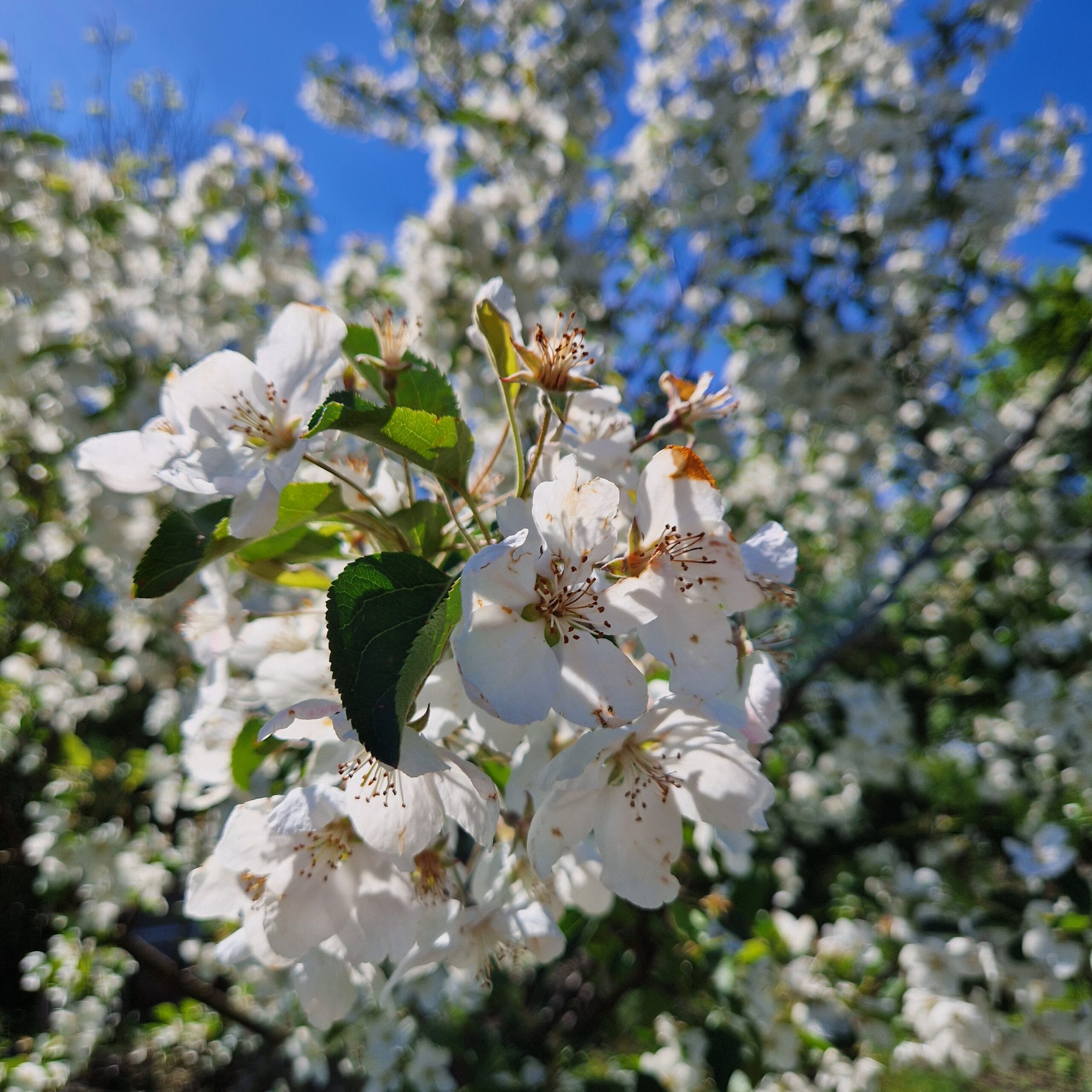
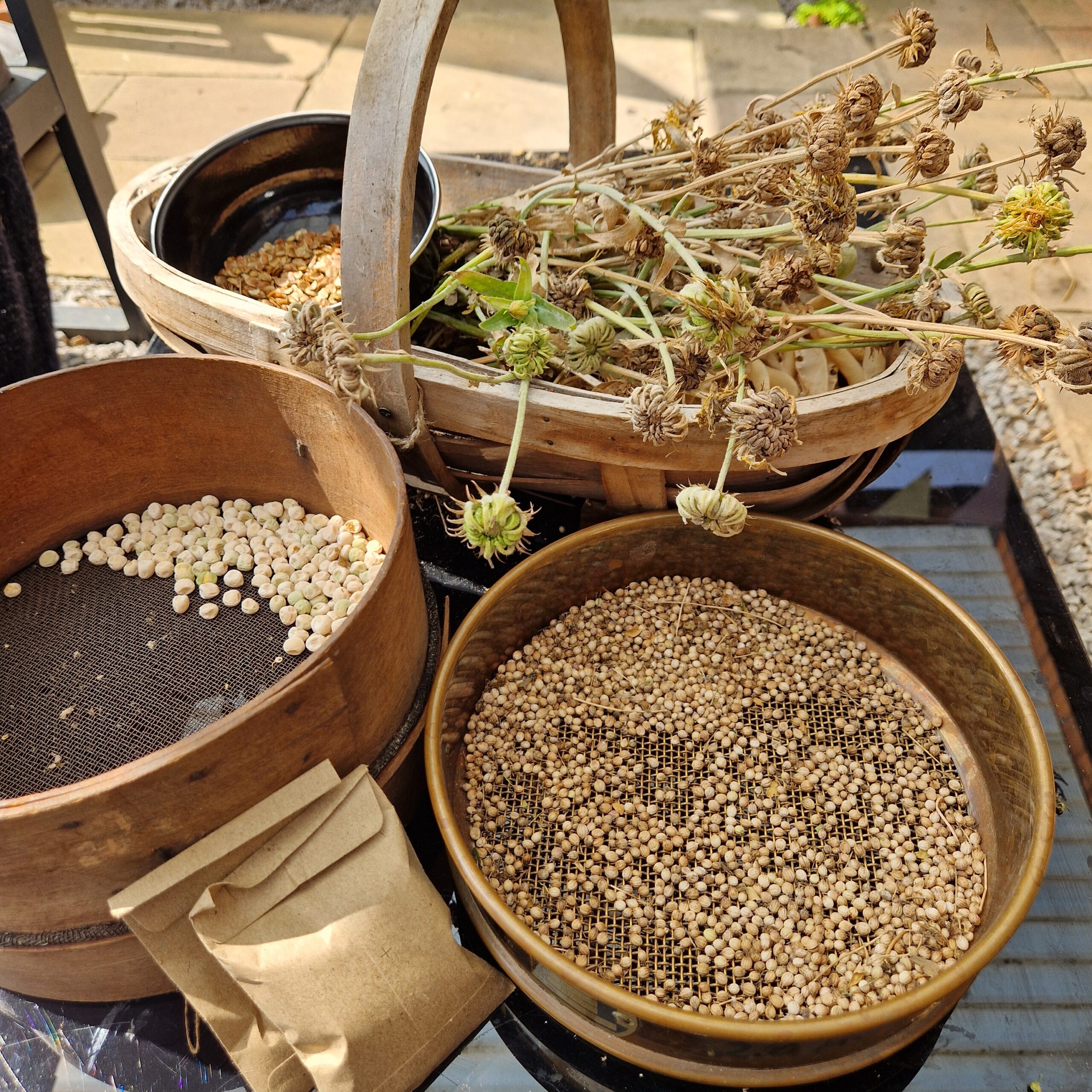
Processing
Harvested seed needs to be processed carefully to ensure that it will store properly and grow when sown. This starts by taking care to harvest seed only once it is fully ripe, then cleaning, drying and storing it correctly before it is sown.
Cleaning means separating seed from pods, fruits, chaff and other plant debris. The method used varies between species and although seeds have evolved to be tough care should still be taken not to damage them in the process.
Once cleaned, seed needs to be thoroughly dried so that it enters a dormant state ready to be stored in cool, dry conditions where, depending on species, it may remain viable for several years.
Useful Resources
Below are a few of the many books and websites that we have found useful over the years. I’ll be adding more to the list as time permits and encourage you to read as widely as possible as you cultivate your knowledge. Clicking the links for the books will take you to our bookshop, hosted at Bookshop.org, where you are able to purchase copies for yourself. As an affiliate we earn a small commission from each sale, which helps to fund this website and our free workshops – each sale really does make a difference to our work so thank you for supporting us.
Books
Back Garden Seed Saving – Sue Strickland
Step by step instructions for saving some of the more popular vegetable species, plus some background on the heritage of seed saving. This is a good place to start for beginners.
Botany for Gardeners – Brian Capon
Subtitled ‘An introduction to the science of plants’, this is in fact a well-detailed guide that explains complex plant science in straightforward language. Essential reading for keen gardeners and seed savers.
Botany for Gardeners – RHS
An introductory guide to plant science covering the basics of many topics relevant to seed saving such as flower structure, pollination, genetics etc. Nicely illustrated and well written but not as detailed as the Brian Capon title
Plant Names Simplified – Johnson & Smith
A handy little reference book to have on your shelf. As well as being a fascinating subject in its own right, an understanding of the classification and naming of plants (taxonomy and nomenclature) is crucial for successful seed saving.
Websites
Seed Savers Exchange
Select “Education & Events” from the menu for an extensive library of free information

